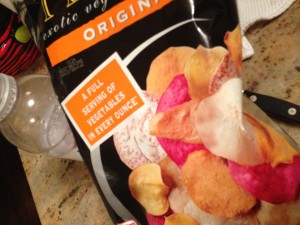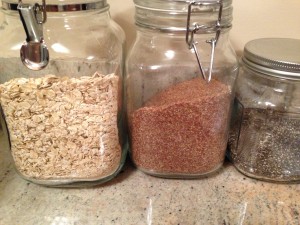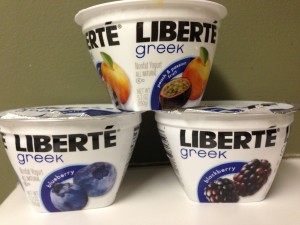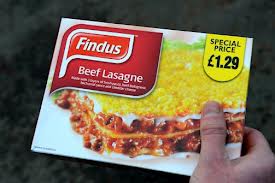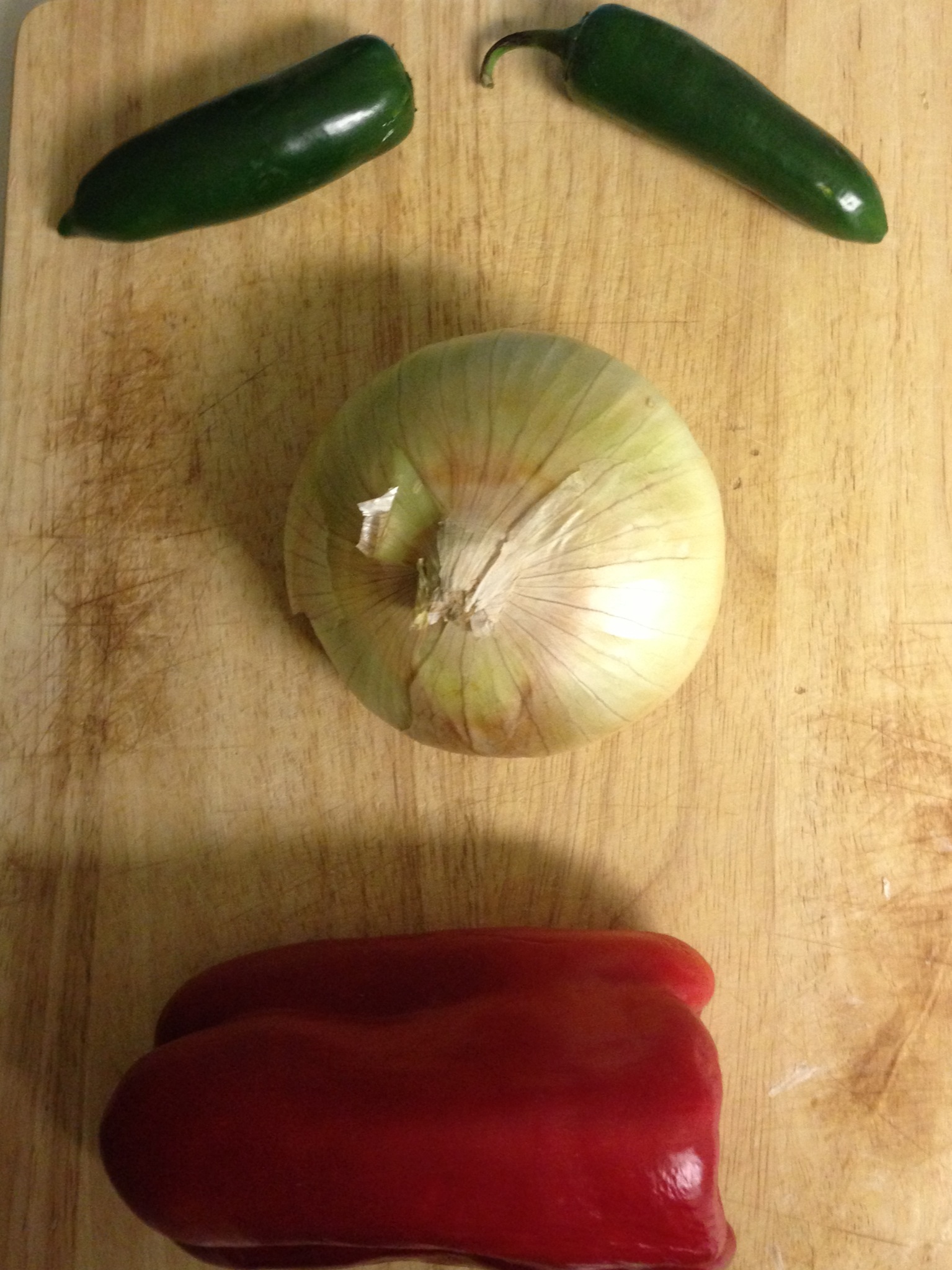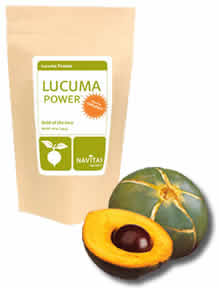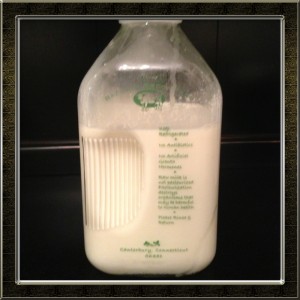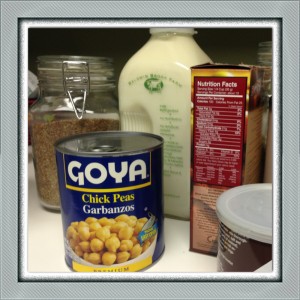I think we all know to lay off the Crisco, use less added fats to meals, and steer clear of processed foods as much as we can, but there are some foods that are touted (and erroneously labeled) as “healthy” that really aren’t all that good for you! Have you fallen victim to any of these?
1. Juice:
Fruit juice, even if made from real fruit and not from concentrate, is full of sugar, and you are losing many of the vitamins and almost all of the fiber from the fruit which is one of the best parts for you. If you make your own juice, you are all set, but almost all store-bought juices are not good for you.
2. Fish:
So, please do not get me wrong, I LOVE fish and the omega 3’s, 6’s, and 9’s that you get from fish are so great for you, the problem, just like when buying meat, is the source of the fish. When fish are farmed, there are heavy loads of antibiotics added to the water that they live in because so many fish are corralled in the farms, so to keep them healthy in less than optimal settings, they pump in antibiotics to keep them healthy, but we end up ingesting them when we eat the meat of the fish! Make sure to get wild fish and fish that are low in mercury.
3. Gluten-free:
If you have a gluten allergy, gluten-free snacks, breads, etc are the best thing that has ever happened to you, because you can finally purchase gluten-free staples for your diet which is awesome! For those of us who can tolerate gluten, make sure to read those labels; the gluten-free snacks may be highly processed and have lots of extra sugars to make it up for the lack of gluten in the products.
4. Granola/Granola Bars:
Not all granola is bad for you, but many of the commercial granolas have extra sugar and fats added, along with chocolate and other candies to make them taste yummier, whereas that all offsets the whole grain goodness and oats that is the basis of all granola. Make sure to read the labels and see what is added besides the whole grains, and see if any dried fruits have sugar-coating. The best bet? Make your own!
5. Veggie Chips:
People tend to eat veggie chips thinking that they are eating a much better snack than regular potato chips, but unfortunately most of the brands of veggie chips that were tested were found to have a primarily potato base with small amounts of vegetable powder added as a supplement. I guess they are better for you than potato chips but they are not much better for you and they will certainly not help to loosen your belt loops at all!
6. Muffins
I have always said that muffins are just breakfast cake treats. Even if you get a high fiber, all wheat/whole grain muffin, it is fiber/grains added to cake batter. They may taste yummy and seem to good to be healthy, because they are! They are not low in fat or calories and you are better off grabbing some fruit, a smoothie, or oatmeal to start your day rather than munching on a muffin.
7. Yogurt covered dried fruits:
Yogurt covered raisins are so yummy because the “yogurt” is actually dried milk with added fats and sugars to make them tasty. So, while you may be getting some nutrition from the dried fruit itself, that thick coat of yogurt more than offsets all of the goodness of this snack. You are better suited just having some dried (or fresh) fruits, and adding them to your favorite yogurt, it won’t taste the same, but your body will appreciate the nutrition!
8. Vitamin/nutrient beverages:
They are filled with sugars! Yes they do have essential vitamins and nutrients added, but the sugars added are pretty significant and that adds loads of calories to your day. If you do really want one of these beverages, cut it with water to a 50/50 mixture and you will still be getting some sweet and some of the vitamins/nutrients but with way fewer calories and with more water!
Really the key is to read labels, not the packaging, and don’t be fooled by new trends! And follow that golden rule that if something seems too good to be true, it probably is; so stick to foods on labels you can pronounce and actually know what they are, it usually means the foods are less processed and better for you!
Yours in Good Health
B

